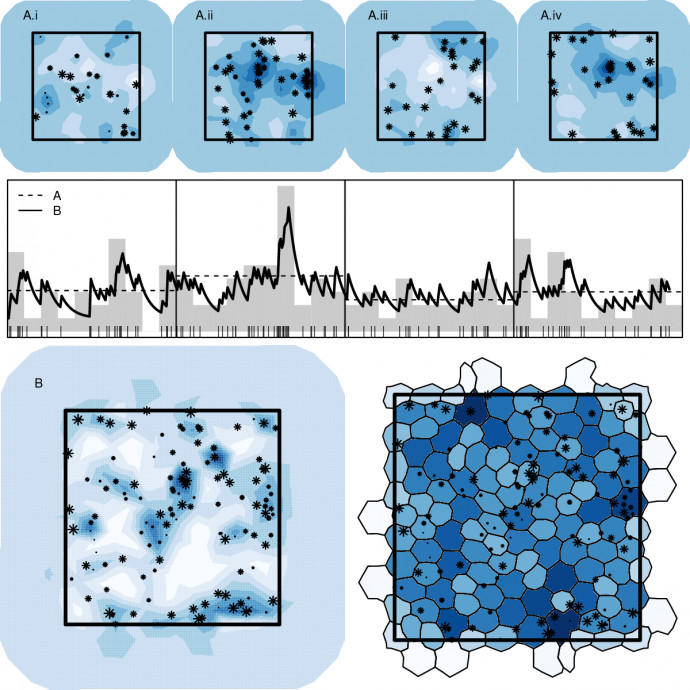Can we predict the unpredictable with statistics?

From viral tweets to earthquake aftershocks, Dr Charlotte Jones-Todd from the University of Auckland and her team are creating new statistical models designed to shed light on why these things happen and what could happen next
Published on 3 Whiringa-ā-rangi November 2021
Some events begin or are caused by underlying processes that we can’t control or even know in hindsight – a tweet goes viral, an earthquake induces an aftershock, a routine flight disappears. Taking a bird’s eye view, we see events normally play out as a chain reaction of phenomena. Establishing how events interrelate in the chain reaction – how they are linked in terms of time and space – is vital for fields like disaster planning where lives depend on accurate information.

Dr Charlotte Jones-Todd and Watson her Jack Russell Terrier. Image: supplied
To model such interrelationships is a complex problem requiring sophisticated statistical modelling. Dr Jones-Todd has been awarded a Marsden Fund Fast-Start project to develop new statistical frameworks for modelling events. The models created will incorporate self-exciting behaviors, which are when the presence of one event makes another event more likely. The combination of both event interrelationships and self-exciting behavior will make the models practical and adaptable. The mathematical frameworks created over the course of this project could see use in a range of different fields from ecology to epidemiology and everywhere in between.
